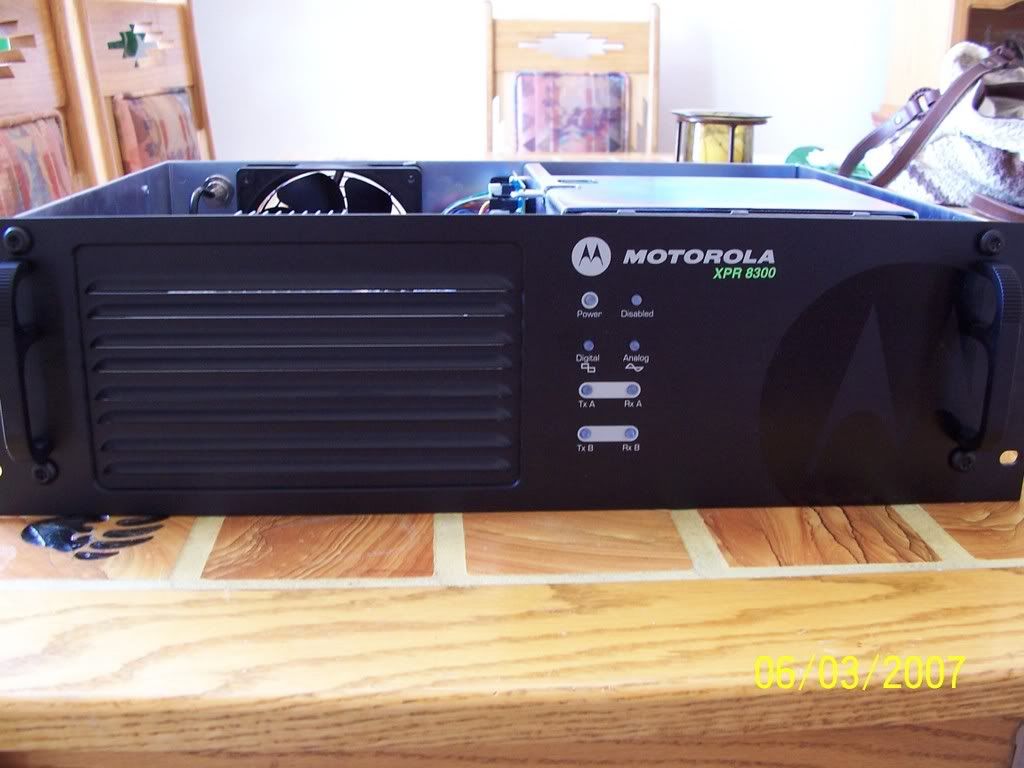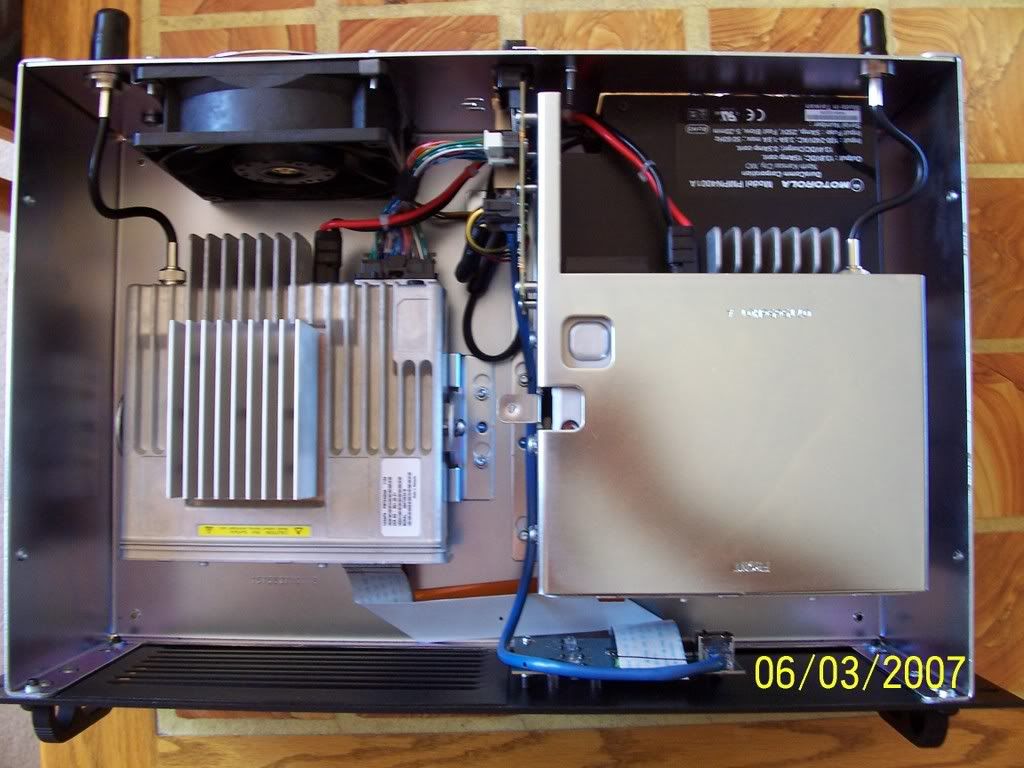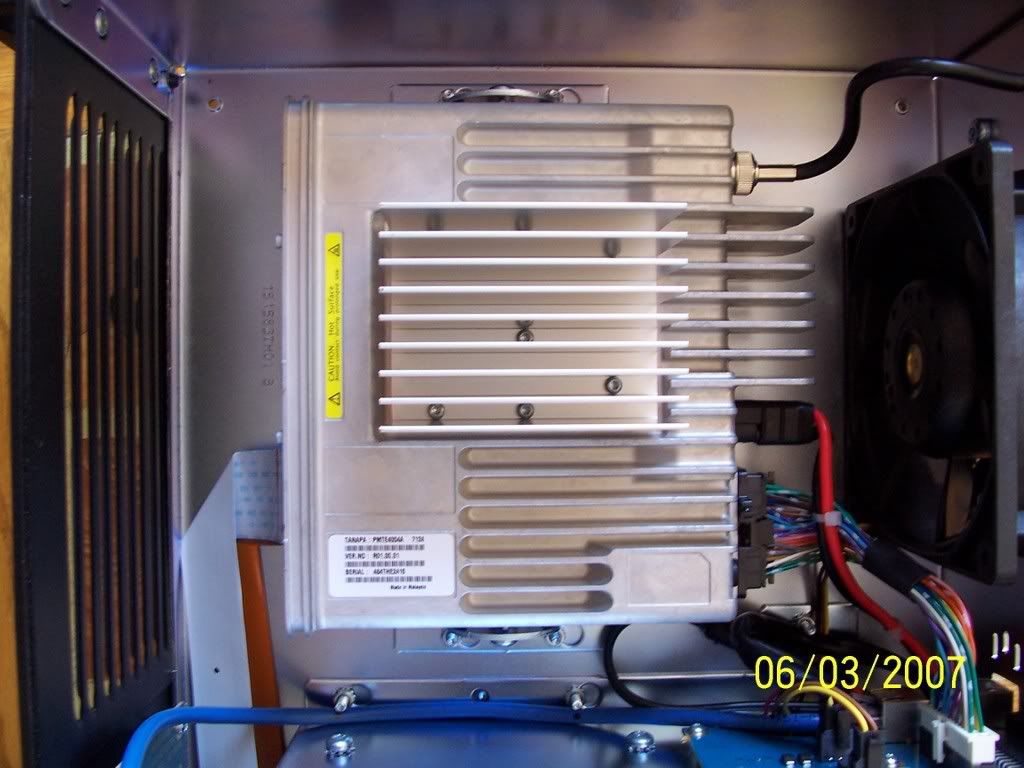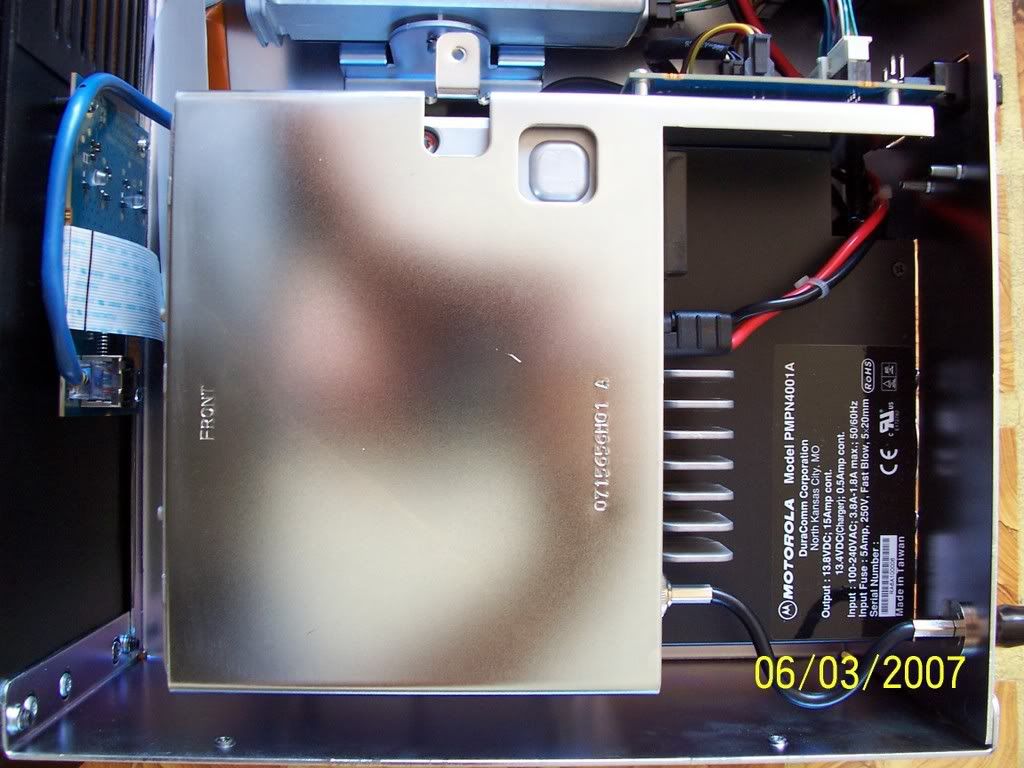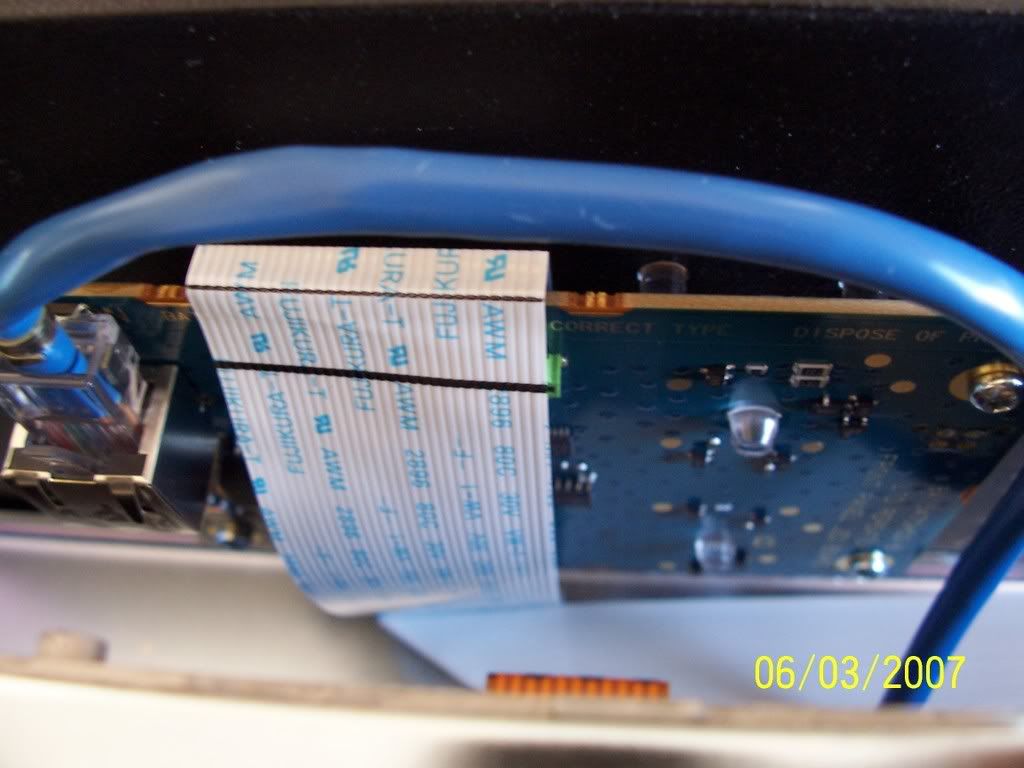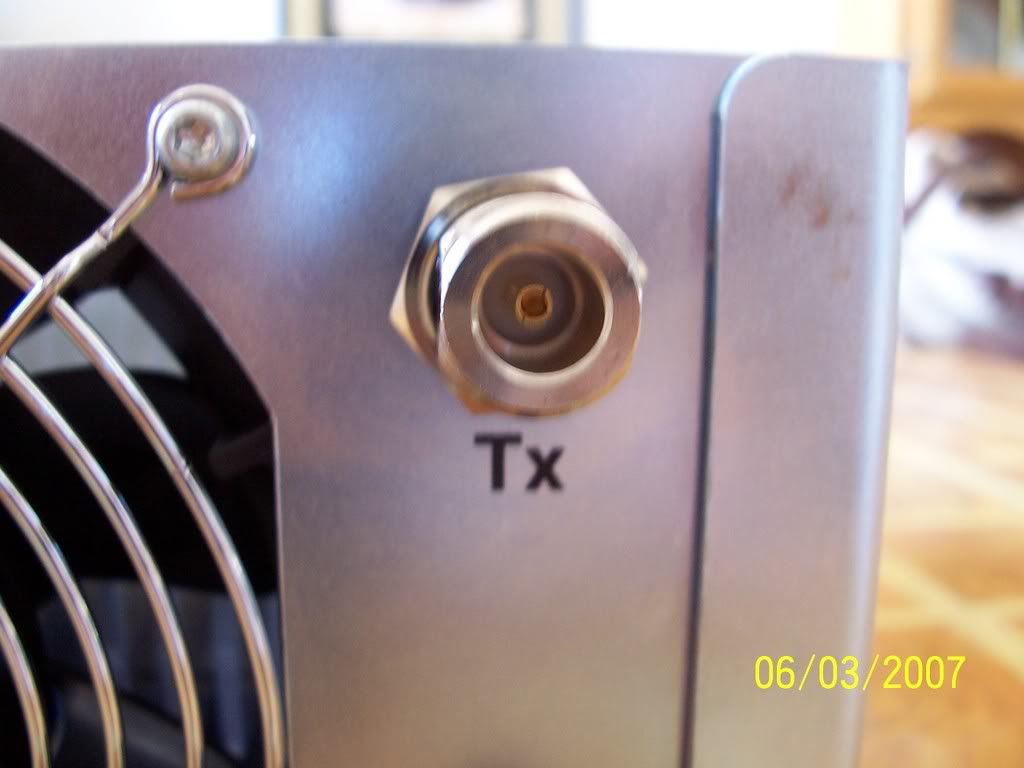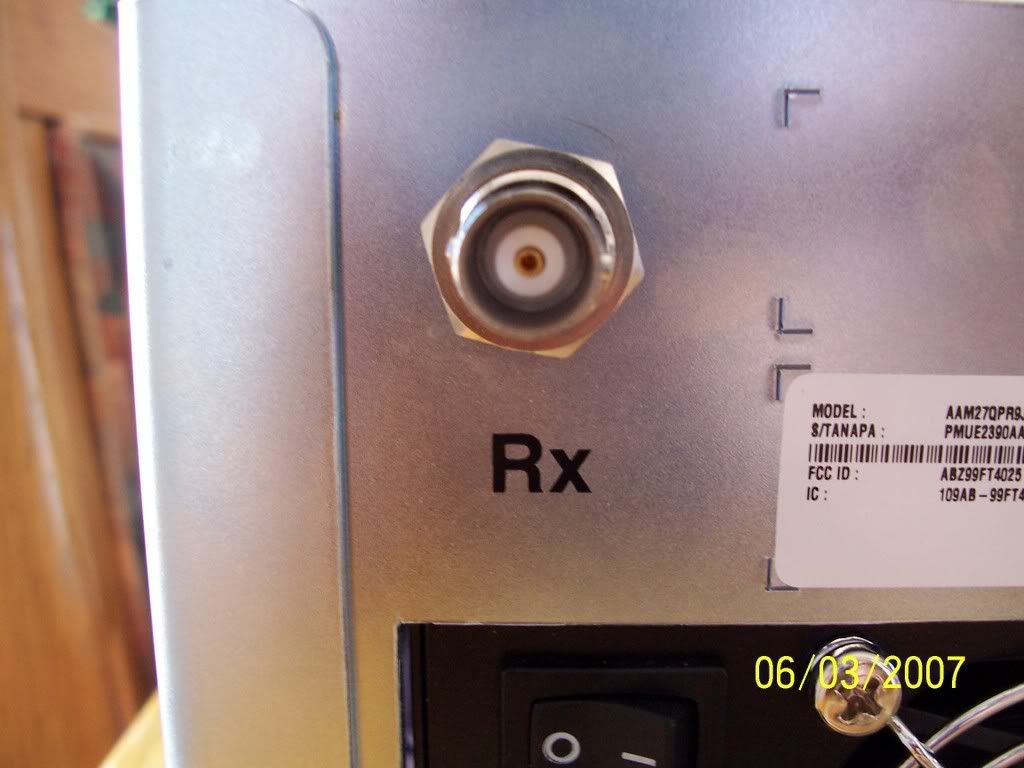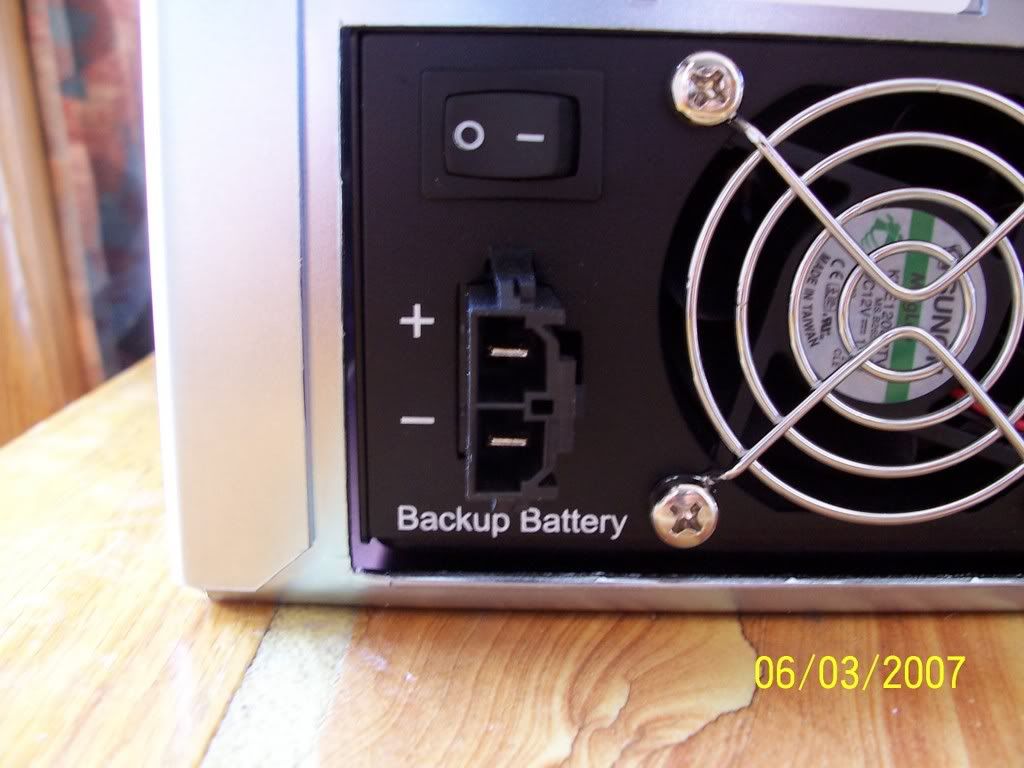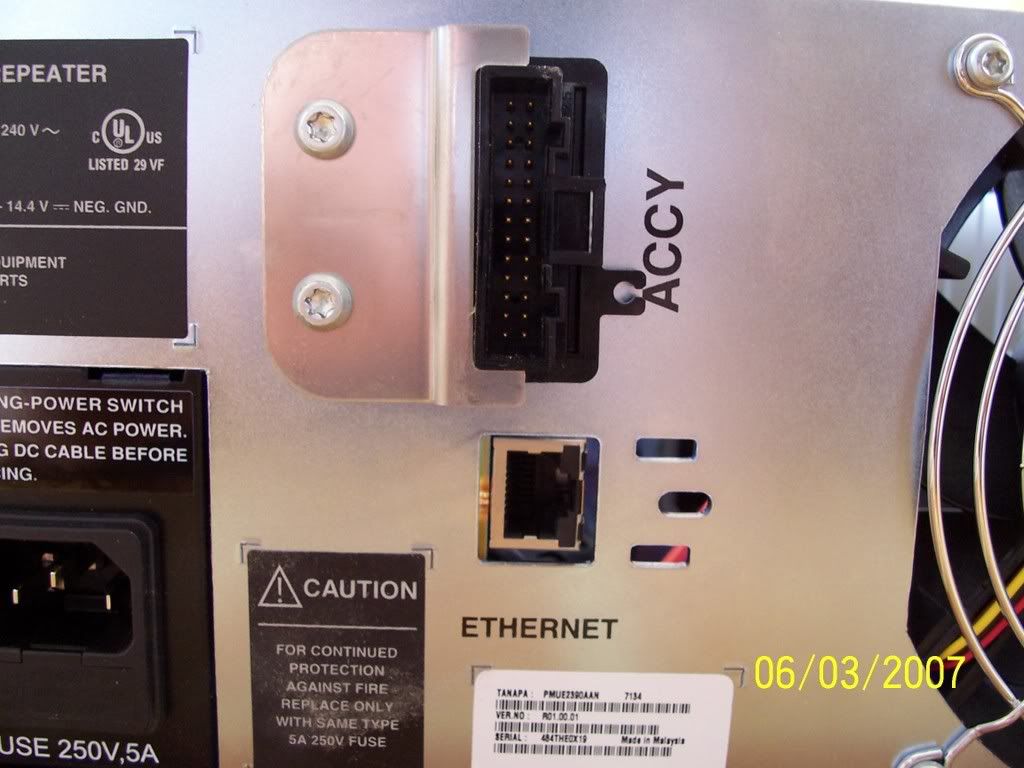n1das wrote:d119 wrote:
Give it the multi-day continuous keydown test!!!!!
Also do the multi-day continuous keydown test in a hot environment, like in the 40C (104F) to 55C (141F) ambient temperature range. This simulates long-term operation in a *HOT* equipment room at a site where the building's A/C has failed or is nonexistent and all the equipment has heated the room up to these temps. What ambient temp range is the repeater rated for?
Here's another trick to try: Simulate a failed fan condition during a multi-day continuous keydown test.
1. Turn OFF power to repeater.
2. Jam a long screwdriver through the big fan between the blades to prevent the fan from turning.
3. Turn power ON again and perform a multi-day continuous keydown test.
There's no need to worry about damaging the fan in this test. The fan motor automatically shuts down to protect itself during a locked rotor condition. The protection circuitry will automaticall reset iself in a few seconds and try to start the fan up again. It will shut down again and the cycle will repeat since the rotor is still locked by the screwdriver. The fan can safely operate indefinitely in this mode because of the automatic locked rotor protection.
A failed fan test is also a test done by the product safety regulatory agencies (UL, CSA, TUV, etc.) during their lab tests for safety regulatory approvals on the repeater. The repeater *should* survive this test but with no guarantees about the RF output. The safety agencies probably don't care if the RF output dies due to overheating as they're only testing to be sure there's no product safety hazard created due to overheating because of a failed fan.
If the repeater survives a multi-day continuous keydown test in a hot ambient environment or with a dead fan, or better yet, survives in a hot environment AND with a dead fan, it *should* be reliable in the field. If it survives these torture tests, it should be reliable shouldn't die in the field due to heat buildup in normal operation.
*DROOL* I want one!

